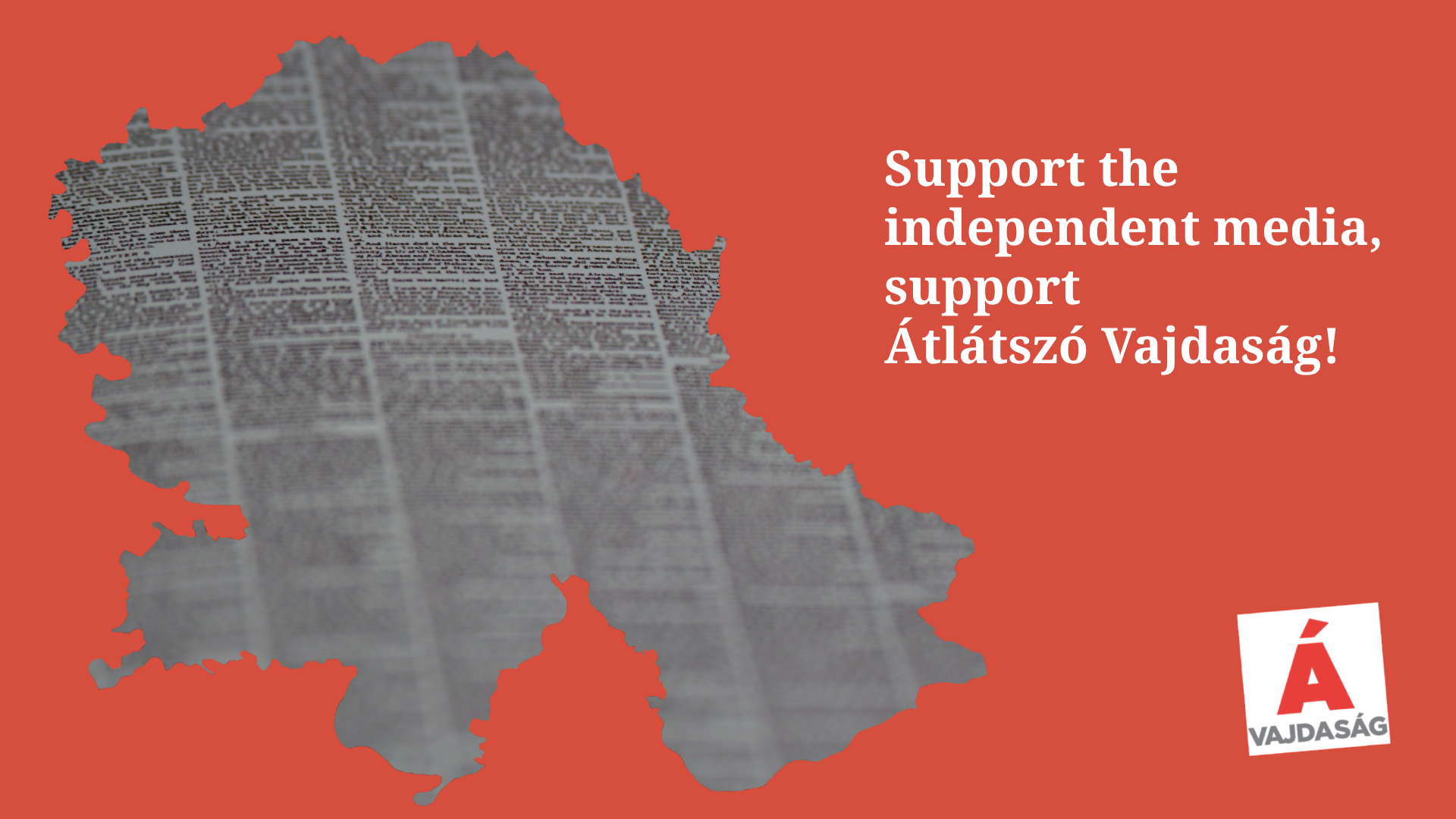
The collapse of the concrete canopy structure at the entrance to the Novi Sad railway station on 1 November claimed the lives of fourteen people, including a six-year-old child.
The leg of an 18-year-old boy had to be amputated, and doctors are still fighting for the lives of three persons; more than 30 people were injured, and many of them are still in hospital as a consequence of the accident that happened in the province’s capital in a matter of seconds, without any warning signs, around noon on Friday.
Although a number of towns were involved in the rescue work, the clearing of the debris lasted late in the night.
The citizens of Novi Sad lit candles at the site of the tragedy, and held commemorations in the evenings demanding the accountability of those responsible for the tragedy. November 2 was declared a day of mourning in Serbia, while in Novi Sad a three-day mourning was declared.
By all accounts, the collapsed concrete canopy had been disrupted during the renovation
The main building of the Novi Sad railway station was built in 1964, designed by architect Imre Farkas. With its uncluttered surfaces, the building is an outstanding example of mid-century socialist architecture without ornamentation, and it is also a symbol of the city’s urban development as its construction was one of the largest, post-World War II architectural projects in the new Yugoslav state.
The station has been a modern World Heritage Site since 2017, and as such, its exterior is under protection.

Therefore, when the project designers, the China Railway Design Corporation (CRDC) and the Institute of Transportation CIP (Saobraćajni Institut CIP doo) in 2021 prepared the complex design and technical documentation for its renovation, they
were bound to reconstruct the original exterior
in line with the terms and conditions of the Institute for the Protection of Historical Monuments of the City of Novi Sad.
According to the project’s Master Plan, the section of the building in question is the station’s B-wing which has a distinctive sawtooth roof with an imposing concrete canopy without supporting columns. The station was built of reinforced concrete structure. The project designer described the building as being in good structural condition, without visible damage.
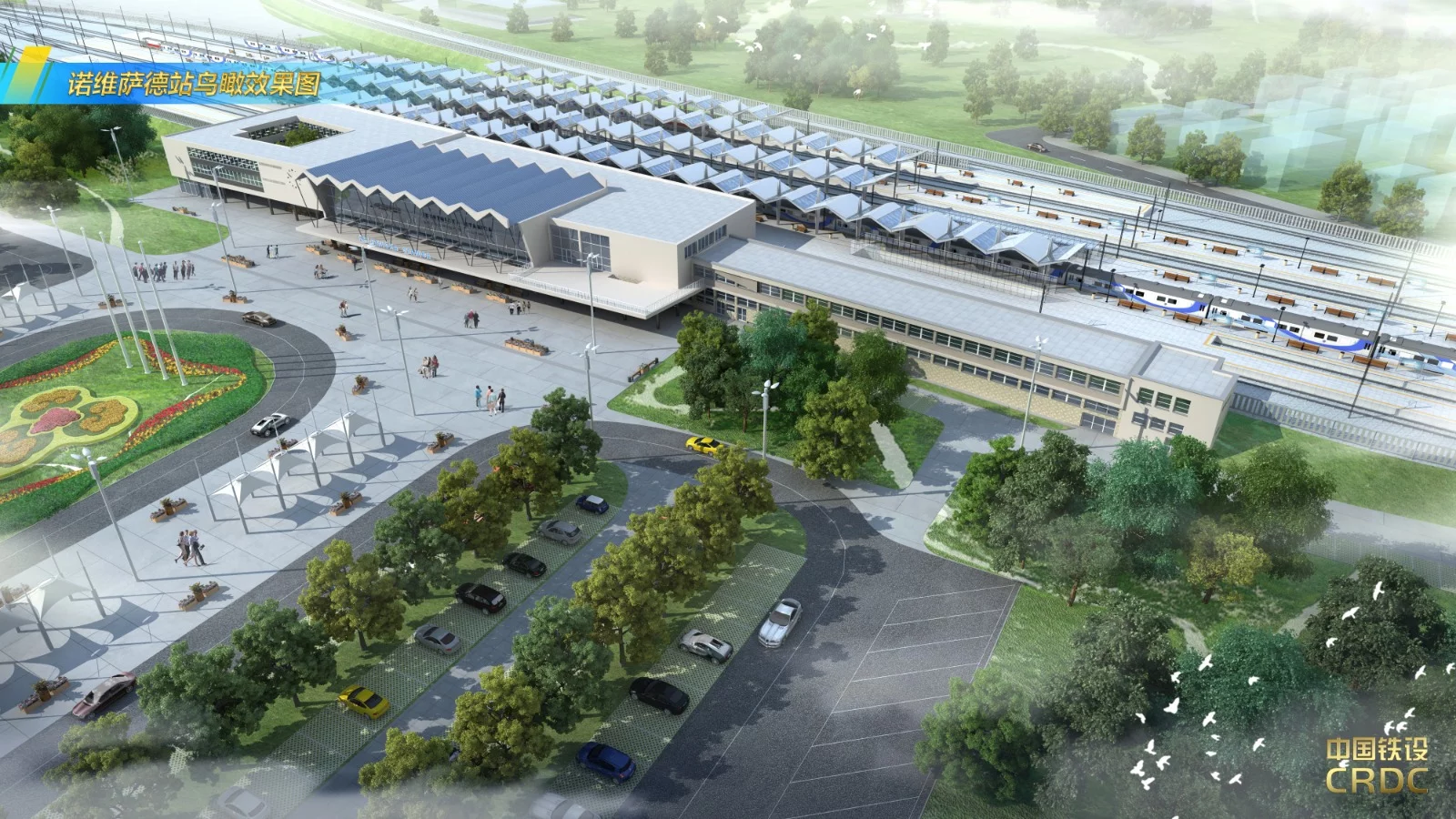
Renovation works on parts of the building were justified by modern energy efficiency considerations. It was stated that: “certain interventions are planned on the building without changing the authentic appearance and use of materials in the interior and exterior”. Metalworks on the facade, and thermal insulation replenishment of roofs and facade walls with surfaces without marble cladding were needed. At the same time, it was underlined that “the planned works do not compromise the stability of the existing building or its authentic appearance”.
Nevertheless, the canopy still fell in – killing 14 people.
Amidst the noise of conflicting information – and because of the lack of project document transparency – it is still uncertain whether the canopy has been renovated at all. While there are items in the Master Plan that may apply to that specific part of the building, it is not entirely clear whether any of these included the reconstruction of the entrance section or they apply to other cantilevered roof structures.
Nobody assumes responsibility for the consequences
A day after the tragedy, geological engineer Zoran Gajić, who had previously worked as a consultant on the project in question, told N1 Television that the works on the concrete had been carried out in two phases. During the first one, the ceramic tiles on the ceiling were repaired, while in the second phase, the facade of the building was renovated and the stone cladding was reconstructed.
Gajić claims that he sent several letters to the project participants warning them of the potential hazards. For example, he asked to remove the marble slabs from the facade of the building and to check the bedding underneath them, to remedy possible defects of their bedding and install new marble slabs – as covered by the project.
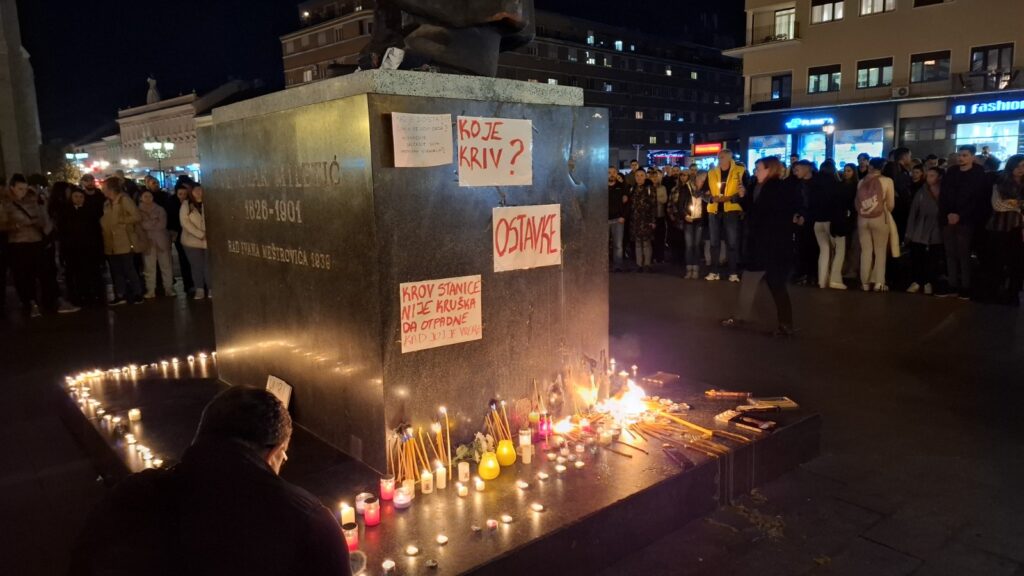
After the accident, the building contractors, the China Railway International Company and China Communications Construction Company (CRIC–CCCC), declared that they would provide all assistance for rescue and recovery, but assumed no responsibility for causing the accident. They claimed that everything was done in accordance with the approved building permit and that, during the reconstruction, they did not deal with the canopy structure.
However, not only the Chinese consortium, but also the Serbian Government denies that the renovation works covered that specific part of the building.
President Aleksandar Vučić said at a press conference: “All I know is that we haven’t renovated that canopy for sixty years. Not even when we renovated everything else. Why? I don’t know.”
However, social media has been flooded with photos and videos that refute these claims.
On social media a lot of people pointed out one of the most striking difference in the before and after photos, namely that before the renovation the cantilever canopy was supported by two full blocks, and since the March 2022 renovation it has only been supported by a single narrow bridge.
It is also visible on another video that scaffolding was attached to the main entrance in May this year, although the contractor denies that any renovation work was done. Photos published in July about the renovation show that the entrance has a new steel structure.
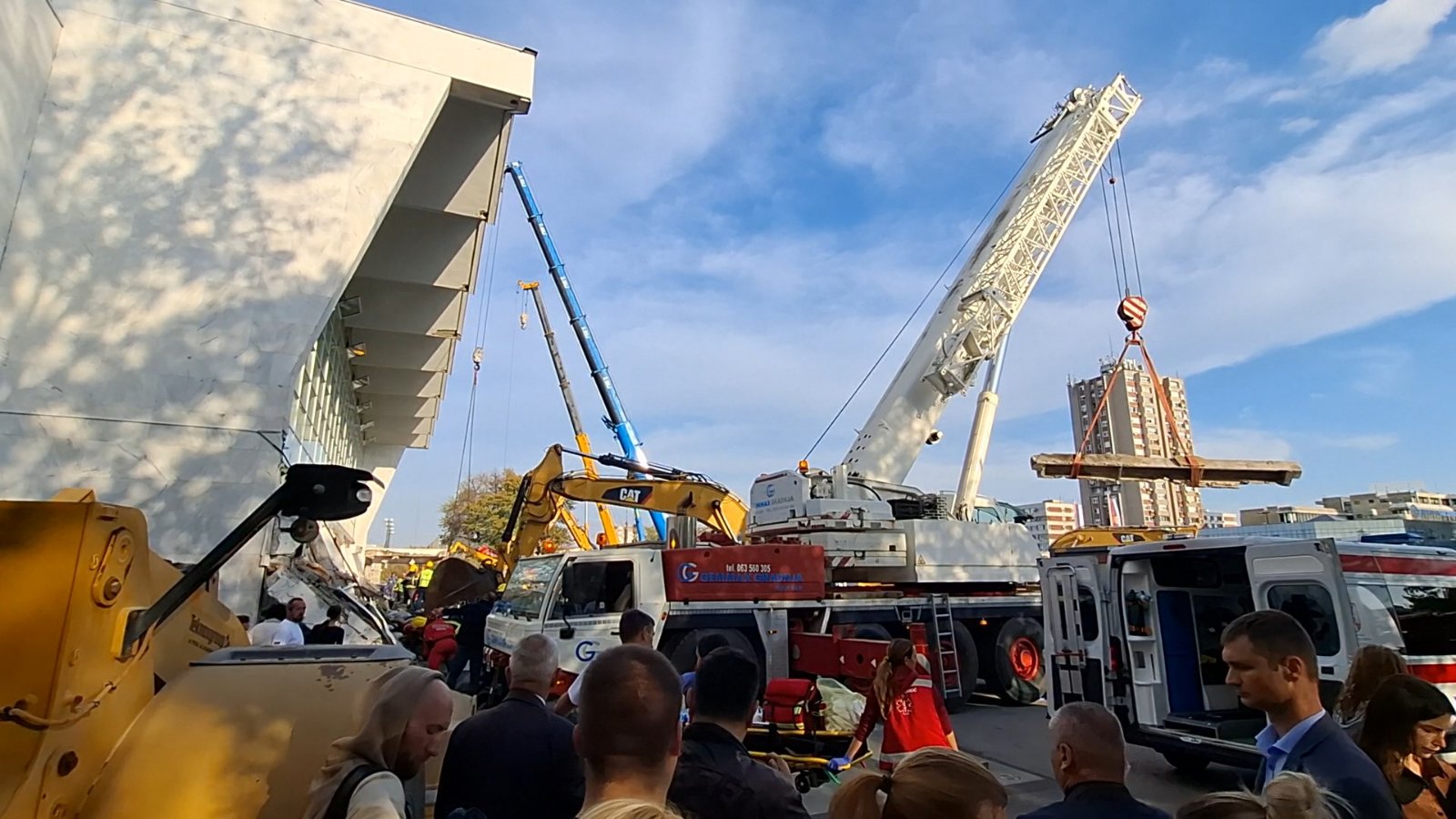
Definitely, the railway station was closed two times due to renovation works. The renovation of the section of the Budapest–Belgrade railway line from the Serbian capital to Novi Sad started in October 2021. The first phase was completed by March 2022, ahead of the election campaign. Then, from January 2024 until 5 July the station was closed again for reconstruction works within the second phase. Since then, the station has been operating at full capacity.
On the website of the Serbian Business Registers Agency – SBRA (Agencija za privredne registre – APR), on their site for building permits where all issued building permits are published, no permit for the usage of the railway station in Novi Sad has been issued relating to the renovation works.
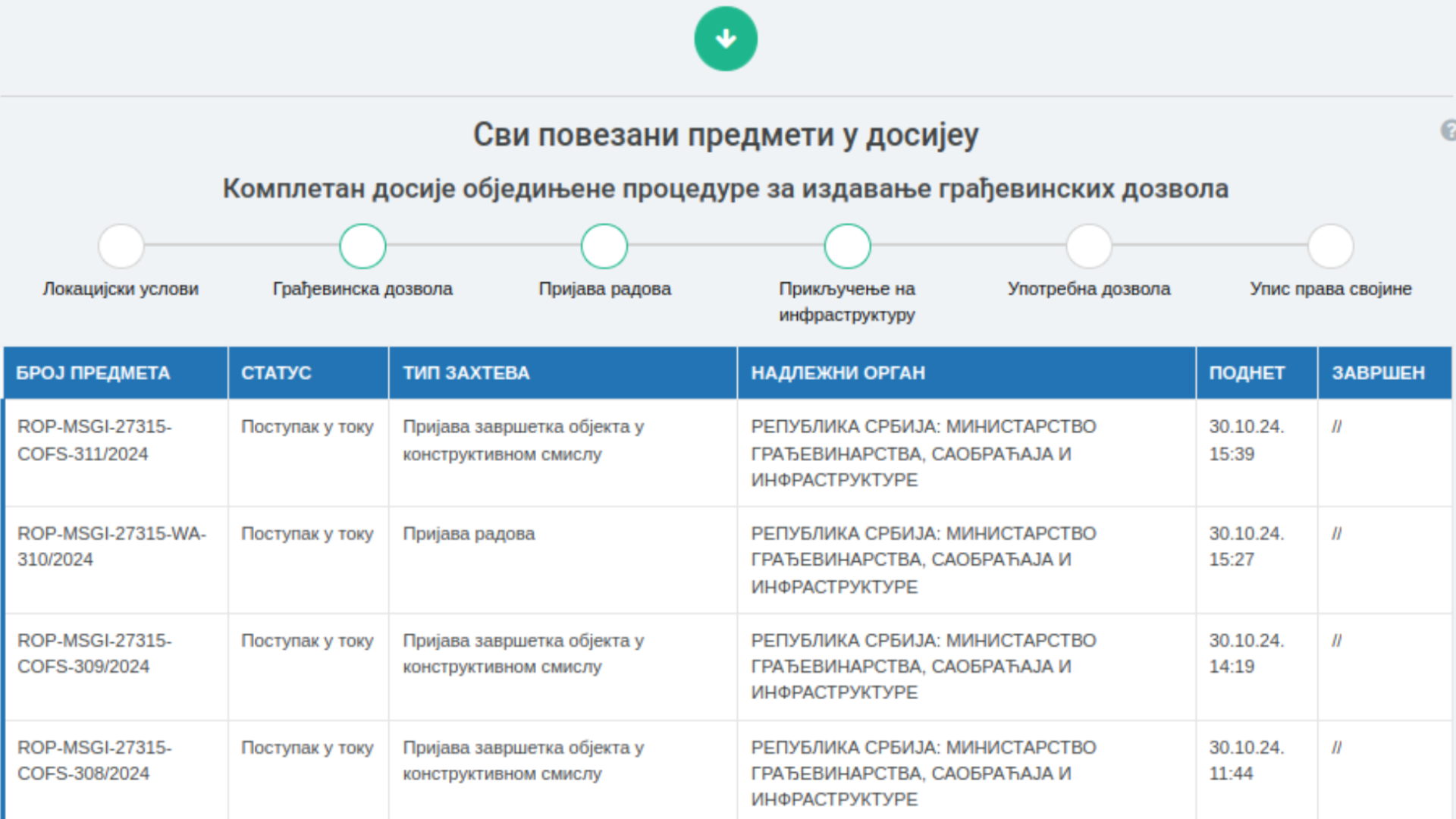
Usage permit is a written confirmation that the facility is ready to be used, it grants that all regulations have been strictly observed during construction, that all equipment has been checked and that the facility is connected to the overall infrastructure. The permit can be obtained after construction, subject to prior and successful technical inspection of the building.
In line with Chinese interests, from Chinese credit, with a Chinese contractor
The condition of the Chinese development loan is that the contractor should be Chinese. So, when the Hungarian and Serbian governments agreed on to reconstruct the double-track Budapest–Belgrade railway line, and it slowly emerged that the project would be financed from Chinese capital, the question was not who, but which Chinese company would be the contractor.

In January, the 021 portal requested from the Ministry of Construction, Transport and Infrastructure to publish information about the reconstruction of the Novi Sad railway station, but the Ministry denied to respond. Hence, we still do not known the precise contracted amount with CRIC–CCCC or whether there has been any price increase compared to the 2021 agreement.
The details of the construction works were obtained from the public procurement tender for the supervision works. According to it, the plan of construction works included the following:
upgrading, reconstruction and construction of a 108.4 km long section of the Novi Sad–Subotica–State Border railway line in three sections simultaneously; the project includes the building of a double-track railway line for freight and passenger trains running at operational speed of up to 200 km/h at the sections between the stations;
track capacity reconstruction of the official stations (Novi Sad, Kisać, Zmajevo, Bačka Topola, Žednik, Naumovićevo and the freight and passenger stations in Subotica); construction of new station buildings in other settlements (Rumenka, Vrbas, Lovećenac and Mali Iđoš) and the modernisation of the existing Sajlovo and Stepanovićevo stations.
In total, the project covers the building of 58 engineering structures, including underpasses, overpasses, pedestrian and cycle paths, viaducts and bridges.
Architecturally, the plan includes the reconstruction of about 70 buildings.
Construction works included the building of platforms, underpasses and fences, as well as the renovation of eight station buildings, including the one in Novi Sad.
Hungarian companies were also members of the consortium for the expert supervision of the project
On 12 November 2021, the Ministry of Construction, Transport and Infrastructure of the Republic of Serbia published a public procurement procedure for the professional supervision of the reconstruction and modernisation works on the Novi Sad–Subotica–State Border railway line.
Although several interested companies asked for clarifications during the bidding period, only one tender was received by the closing date on 13 December – albeit, two of the inquirers are members of the winning consortium, which includes:
- Project Biro Utiber d.o.o.
- AG Institut d.o.o. Novi Sad
- Utiber Road Investment Ltd. (Utiber Közúti Beruházó Kft.)
- Slaviša Ilić PR geodetske usluge projektovanje i ostale usluge iz oblasti
- građevinarstva SDC PROFESSIONAL Beograd (Čukarica)
- VIKÖTI Mérnök Iroda Kft.
- Egis d.o.o. Beograd
The decision on the successful bidders was announced on 27 January 2022. The implementation deadline is 37 months, i.e. the works should be completed by spring 2025 at the latest.
The original value of the public procurement contract for the supervision works was 3,659,000,000 dinars (€31.2 million).
Yet, the amount has been increased twice since then, and it amounts to 3,959,589,300 dinars (€33.7 million) now.
The lead applicant of the consortium is the Project Biro Utiber company, established on 12 June 2014 in Novi Sad and it deals with two main activities: supervision and consulting, and design.
The name Utiber may sound familiar, because the Hungarian Nemzeti Sport daily has recently published that this company is included in the renovation of the Belgrade National Stadium by providing technical supervision.
Yet, Utiber is involved not only in stadium renovation works, but the company’s Serbian branch has also won multiple technical supervision contracts, most of which are the Serbian Government’s high priority investment projects.
The total value of public procurements is 8.7 billion dinars (€75 million).
The company’s parent company, Utiber Kft. in Hungary, also performs well in Hungarian public procurements. Among others, it is a member in a consortium that was granted 35-year concession on motorways.
Text: Virág Gyurkovics
Cover photo: Novi Sad residents light candles at the scene of the tragedy. Source: Dalibor Stupar / Autonomija
The text was originally published in Hungarian on 03. 11. 2024.
